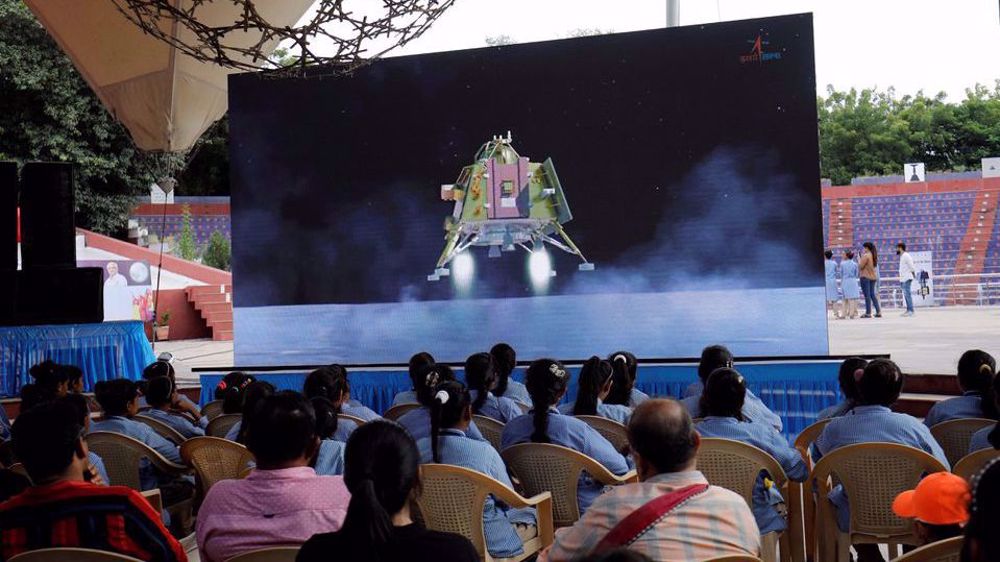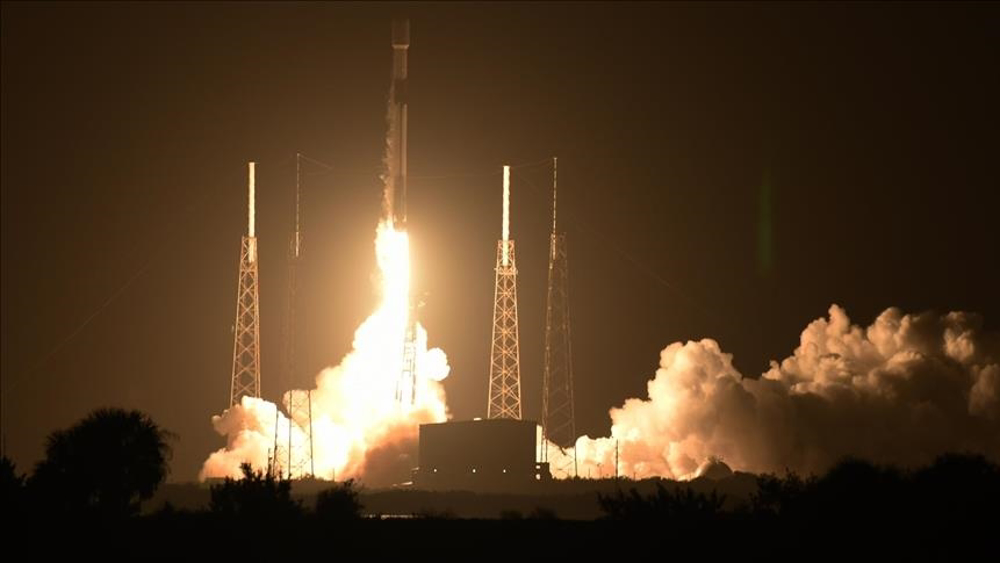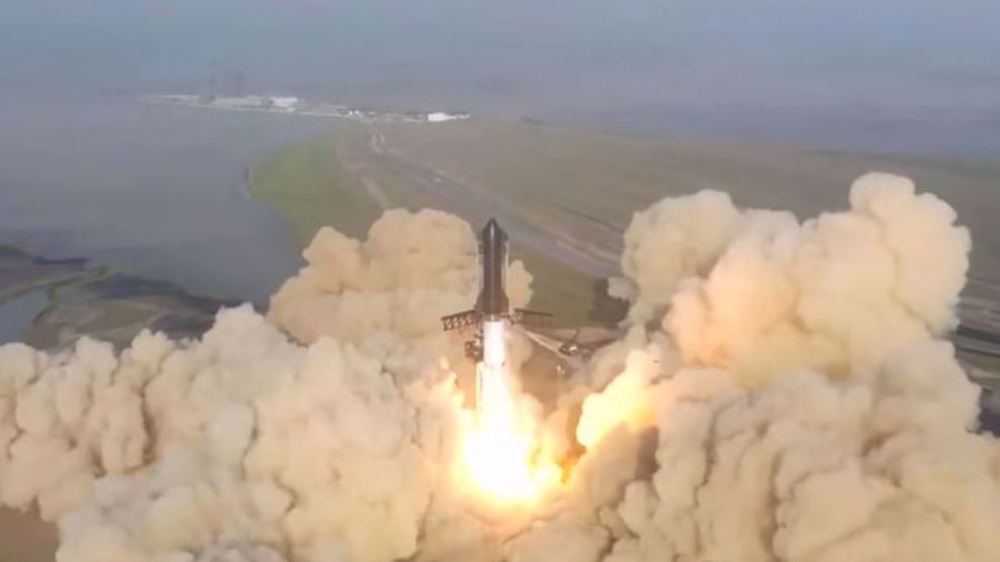India's Chandrayaan-3 lands on Moon's unexplored south pole
India has managed to land a craft near the Moon's South Pole, a historic triumph for the world's most populous nation and its ambitious cut-price space program.
Chandrayaan-3 spacecraft landed at 1234 GMT on Wednesday, making India the fourth nation to successfully land a spacecraft on the moon after the United States, China and Russia.
Prime Minister Narendra Modi waved an Indian flag on a live broadcast to announce the mission's success as a triumph.
"India's successful moon mission is not just India's alone," said Modi from the sidelines of the BRICS diplomatic summit in South Africa. "This success belongs to all of humanity."
Russia's Roscosmos space agency in a statement on Wednesday congratulated India for successfully landing a spacecraft on the rugged, unexplored south pole of the moon
"Roscosmos congratulates Indian colleagues on the successful landing of the Chandrayaan-3," the statement read. "Exploration of the Moon is important for the whole of humanity, in the future it may become a platform for the deeper mastering of space."
Chandrayaan-3 Mission:
— ISRO (@isro) August 23, 2023
The image captured by the
Landing Imager Camera
after the landing.
It shows a portion of Chandrayaan-3's landing site. Seen also is a leg and its accompanying shadow.
Chandrayaan-3 chose a relatively flat region on the lunar surface 🙂… pic.twitter.com/xi7RVz5UvW
Wednesday's landing had been eagerly awaited by the Indian Space Research Organization (ISRO) after the frustrating failure of its previous mission at the last hurdle in 2019. Back then, mission control lost contact with the Chandrayaan-2 lunar module moments before its slated landing.
The latest mission has captivated public attention since launching nearly six weeks ago in front of thousands of cheering spectators.
It took much longer to reach the Moon than the Apollo missions in the 1960s and 1970s, which arrived in a matter of days. India used rockets much less powerful than the ones the US used back then.
The Chandrayaan-3 is expected to remain functional for two weeks, running a series of experiments.
S. Somanath, chief of the ISRO said that the landing has given India confidence to extend its reach to possible voyages to Mars and Venus.
The cost of India’s space missions is back in focus after the latest mission made a successful soft landing on the Moon. The latest mission has a cost of $74.6 million -- far lower than those of other countries. India’s previous Moon and Mars missions were also carried out at a modest cost, according to reports by Indian media.
The South Asian nation has a comparatively low-budget space program, but one that has grown considerably in size and momentum since it first sent a probe to orbit the Moon in 2008.
Experts say India can keep costs low by copying and adapting existing technology, and thanks to an abundance of highly skilled engineers who earn a fraction of their foreign counterparts' wages.
US veto of Gaza resolution 'license' for more Israeli crimes: Tehran
Iran urges IAEA Governors Board to oppose E3’s anti-Iran resolution
Nov. 20: ‘Axis of Resistance’ operations against Israeli occupation
VIDEO | Iran celebrates National Hero Day, honoring Martyr Qassem Soleimani
VIDEO | Ethiopia-Somalia tensions worsen following port deal signed between Addis Ababa, Somaliland leaders
VIDEO | Iran commemorates martyrs on National Heroes Day
VIDEO | Press TV's news headlines
VIDEO | Iran-IAEA relations













 This makes it easy to access the Press TV website
This makes it easy to access the Press TV website